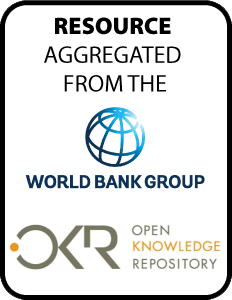Resource information
Recognizing the importance and
uniqueness of the Sundarbans, the United Nations
Educational, Scientific and Cultural Organization (UNESCO)
declared the Indian portion of the forest a World Heritage
Site in 1987, and the UNESCO Man and the Biosphere Program
has included the Sundarbans Biosphere Reserve in the Global
Network of Island and Coastal Biosphere Reserves
Contributing to Action on Climate Change and Sustainable
Development. While the Sundarbans region is celebrated for
its ecological attributes, it is a difficult place to live
in. The inhabited portions of India s Sundarbans are
characterized by severe poverty, which both contributes to
and arises from the vulnerability of the population to a
growing range of natural hazards. Resilience is
characterized by a capacity to adapt to changing conditions
and persistent stresses by responding effectively. However,
the resilience of those residing in the Sundarbans has been
undermined by a long series of persistent pressures. Sea
level rise, salinization of soil and water, cyclonic storms
and flooding have combined over the past century to render
this one of the most hazardous areas in the Indian subcontinent.


